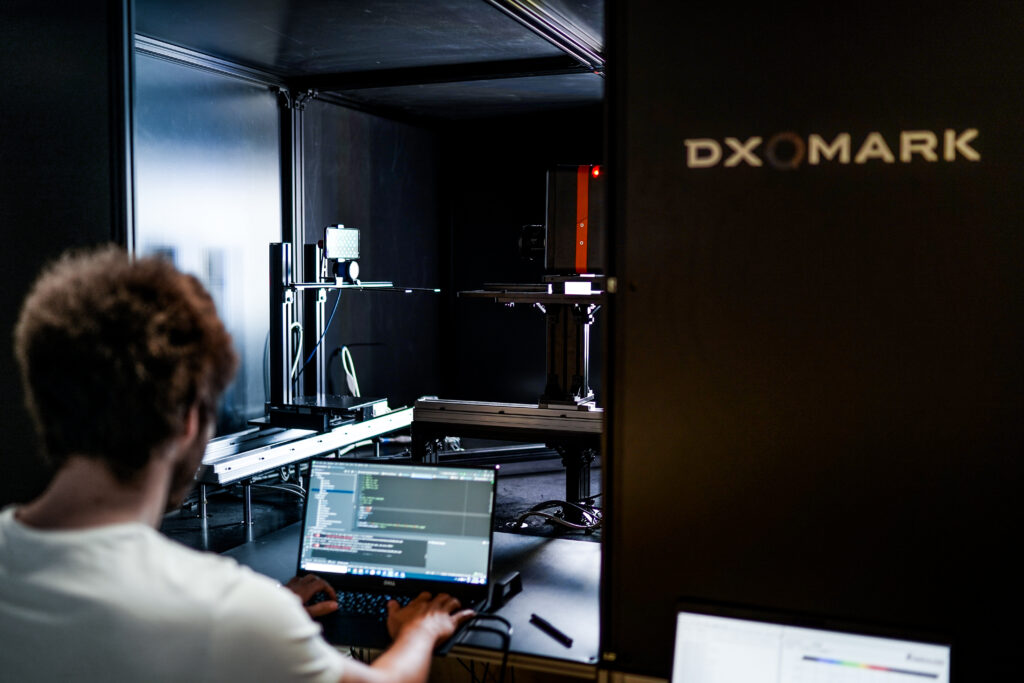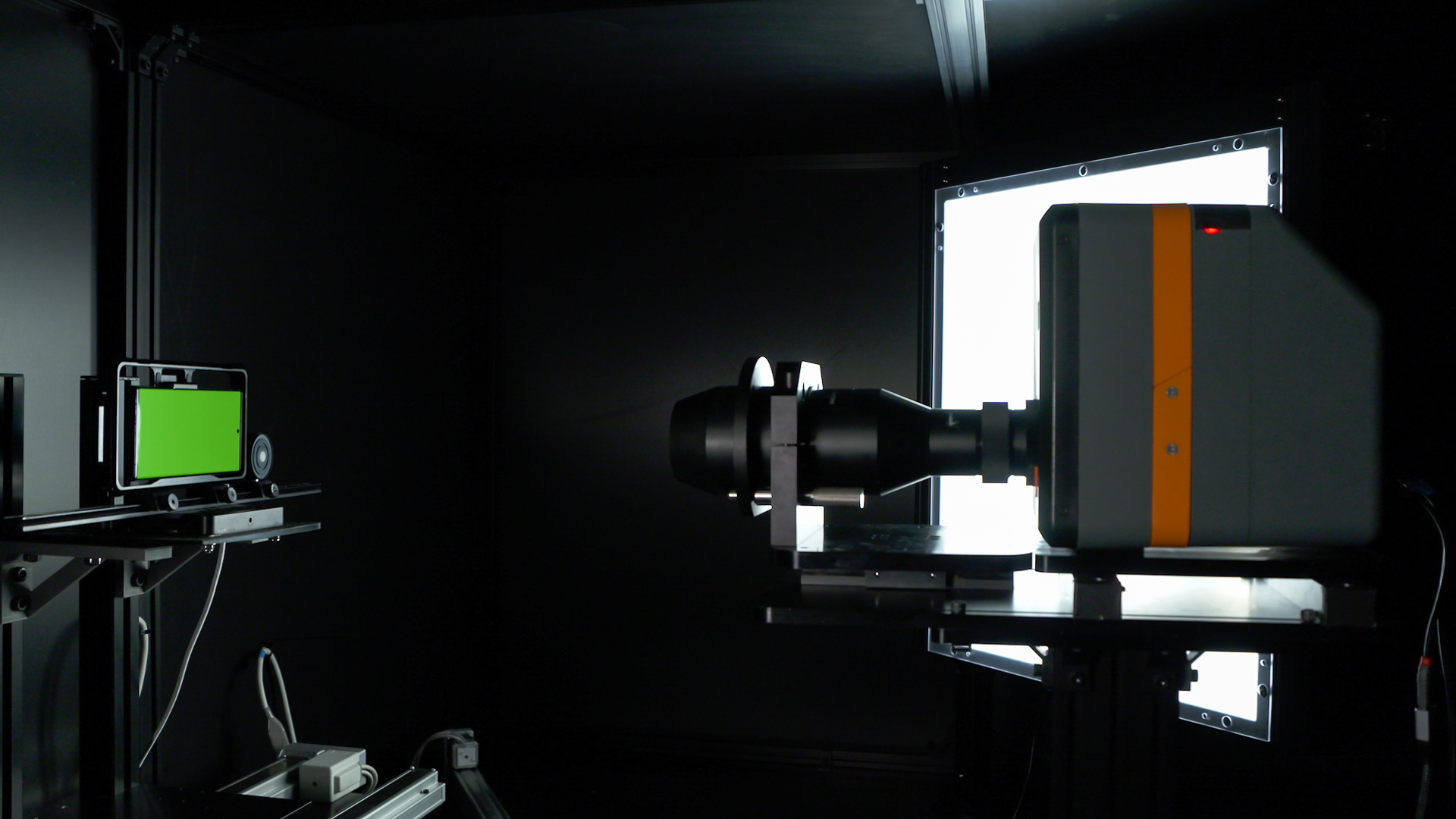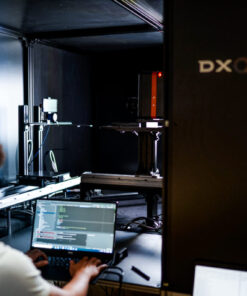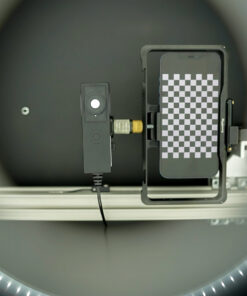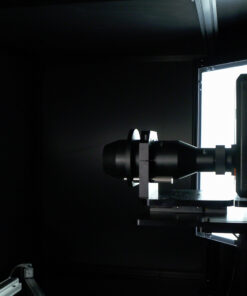Display v2 Evaluation Package
Measure screens the way people experience them
Our Display Lab solution is a unique testing suite for measuring display quality based on everyday usage scenarios. DXOMARK Display Lab facilitates objective measurements and essential perceptual analyses directly at your facilities, and allows you to evaluate and optimize the display quality of smartphones, tablets, and laptops in development.
Key Highlights
- More than 400 measurements that can be run automatically for each device
- Simulation of real life scenarios (gaming, watching videos, browsing, etc.) in various controlled lighting environments that replicate outdoor and indoor lighting
- Evaluation of key aspects of the display performance such as HDR10 video rendering with unique patterns
- Measurements compliant with international standards
- Adapted to various types of displays from smartphones to computers

 DSLR & Mirrorless
DSLR & Mirrorless  3D Camera
3D Camera  Drone & Action camera
Drone & Action camera 

